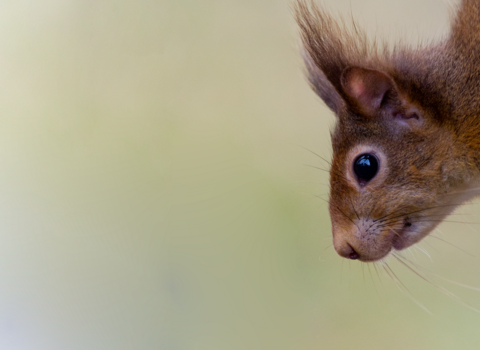
©Mark Hamblin/2020VISION
Purple-loosestrife
A tall plant, purple-loosestrife can form dense stands of bright purple flower spikes in wet habitats like reedbeds, fens and marshes.
Scientific name
Lythrum salicariaWhen to see
June to AugustSpecies information
Category
Statistics
Height: up to 1.5mConservation status
Common.




